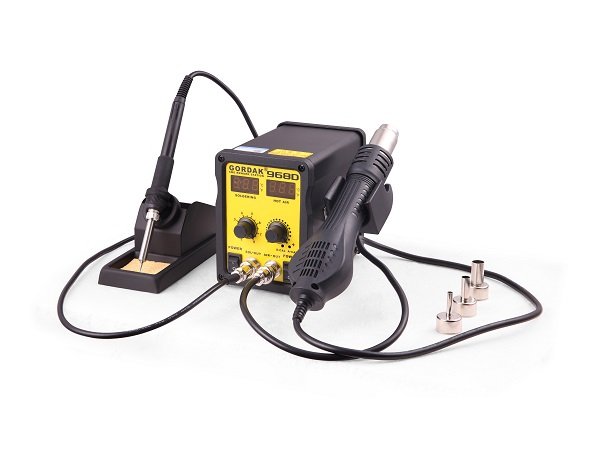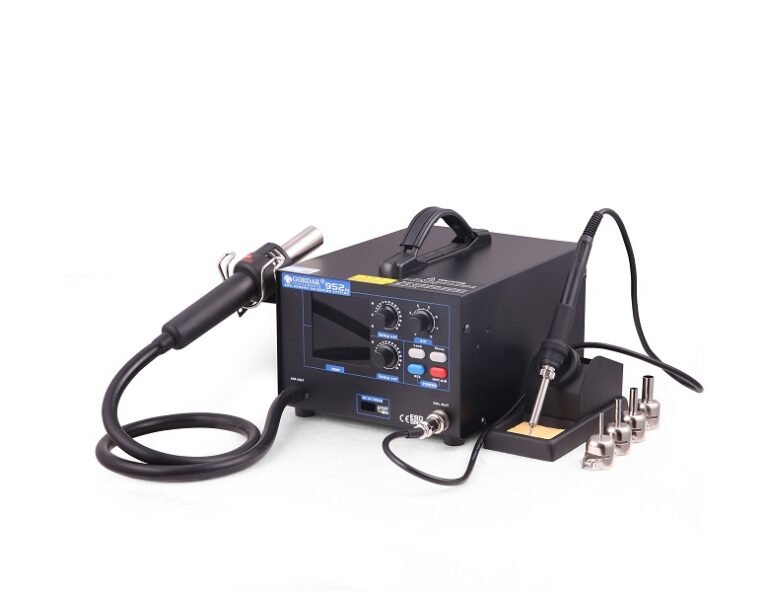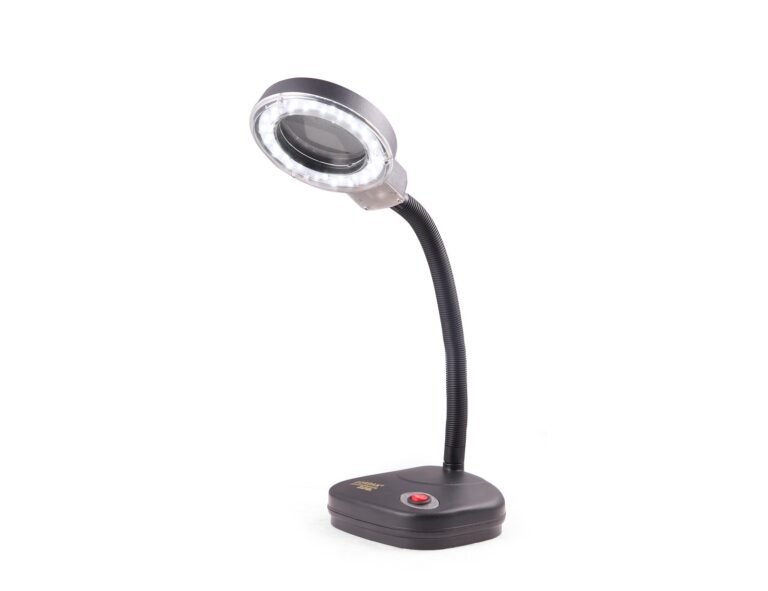Both rookies and seasoned engineers and technicians struggle with the decision of which soldering station to use.
It’s no secret that modern technology, especially digital technology, advances and grows more versatile every year while also continuously reducing in size and weight.
As a result, both during the production process and afterward during the repair and maintenance procedures, it made it impossible to assemble electrical components.
This article will guide on selecting a soldering station.
How to choose a soldering station?
In this post, we’ll give a brief overview of the many soldering station kinds, as well as a description of how they function and how to use them. That could aid you in making the best decision.
Consequently, the soldering stations can be categorized into the following groups:
1. Contact soldering stations
Contact soldering stations are the most prevalent and well-liked ones. Although they are marginally different from conventional soldering irons, they do not share the same design flaws.
The overheating of sensing elements, particularly semiconductor ones, is the most frequent issue when using a soldering iron. The inability to regulate the heater’s temperature is the cause. With only brief contact between the soldering iron tip and the solder alloy, the soldering iron may heat up to roughly 400 degrees.
Additionally, we should point out that soldering stations have a thermal stabilization system.

2. Lead-free soldering stations
To avoid that, the so-called lead-free soldering stations should be used for repairing modern equipment.
Using lead-free soldering stations with lead solders is nothing to be concerned about. They are compatible, at least as far as regular contact stations are concerned.
However, not all tasks can be resolved just by contact soldering. The currently popular surface-mount technology (SMT) calls for the use of leadless BGA chips and small SMD components.
Using a soldering iron to complete these pieces is not only challenging but frequently downright impossible. For such tasks, non-contact soldering stations were created, with hot air stations being the most popular.
3. Hot air soldering stations
Hot air soldering stations have a fairly straightforward operational concept. The airflow is created by a compressor, and when it passes through the heating element spiral, it warms up to a specific temperature.
The heat gun’s airflow is directed toward the soldering area. That addresses the issue of soldering in a small area while simultaneously heating numerous contact pads.
Cell phones and home electronics are frequently repaired using hot air soldering machines. They do, however, also have limitations on how they can be used. Large BGA chips cannot be soldered or desoldered using this soldering station.
4. Combined hot air soldering stations
In conjunction with other types of soldering equipment, hot air soldering stations spread widely.
As a result, Lukey 852D+ became the most widely used model. Hot air gun and soldering iron combined at a reasonable price became a sign of success for this product.
5. Desoldering stations
A compressor, which is a crucial component of the desoldering station, operates for blowing in rather than blowing out.
It aids in the blowing of heated solder from a contact surface into a designated receiver. Anyone who has ever desoldered a PCB from, say, a DIP8 knows how convenient it is.
Contact us for your soldering station
We hope that this information will assist you in selecting the ideal soldering station.
Regarding the inquiries you may have that weren’t addressed in the evaluation as well as any other inquiries, please contact us for your soldering station and our technical support department.



